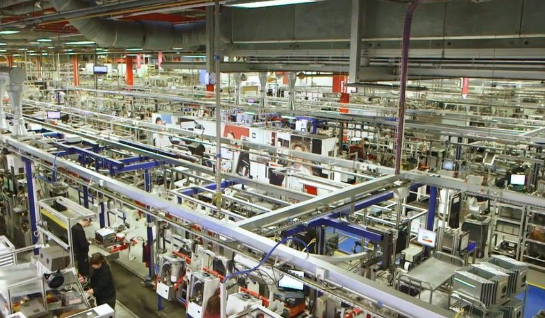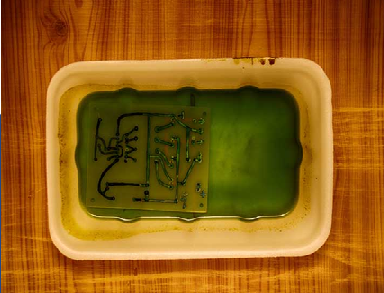An introduction to surface treatments
Surface treatments are pivotal in manufacturing, enhancing material durability, aesthetics and performance through improved adhesion. These treatments alter the molecular structure of material surfaces, ensuring they bond effectively in processes such as coating and painting.
The success of these treatments is fundamental in achieving high-quality, durable products. By meticulously preparing surfaces, manufacturers can ensure reliable and predictable adhesion across various applications.
Exploring key surface treatment techniques
Key techniques, such as plasma, flame and corona treatments, are essential for preparing materials for adhesion. Plasma treatments adjust surface properties for specific applications, while corona treatment activates surfaces for processes such as polymer film preparation. Flame treatment, using a mix of natural gas and air, prepares low-energy surfaces.
Each method is tailored to meet different material and application needs, highlighting the versatility of surface treatments in manufacturing.
Innovative approaches for surface preparation
Approaches such as chemical etching, vapour degreasing and laser ablation offer precision in surface preparation. Chemical etching cleans and activates metal surfaces for high-tech industries, while vapour degreasing removes contaminants efficiently. Laser ablation provides unmatched precision, removing tiny surface portions without introducing contaminants.
The Engineer has more information on vapour degreasing.
These innovative methods ensure materials are optimally prepared for bonding, supporting high-quality adhesion in manufacturing. For more detailed information on surface treatments, contact a specialist such as poeton.co.uk/standard-treatments.
Ensuring optimal surface readiness
Accurate assessment and preparation of surfaces are crucial for high-performance adhesion. Tools such as the surface analyst help to measure the surface readiness precisely, ensuring optimal treatment calibration.
Monitoring and adjusting treatment processes is vital to maintain adhesion quality over time. This focus on surface readiness underscores the importance of precision in achieving successful manufacturing outcomes.
Surface treatments are indispensable in the manufacturing process, ensuring materials meet the high standards required for durability and aesthetics.













